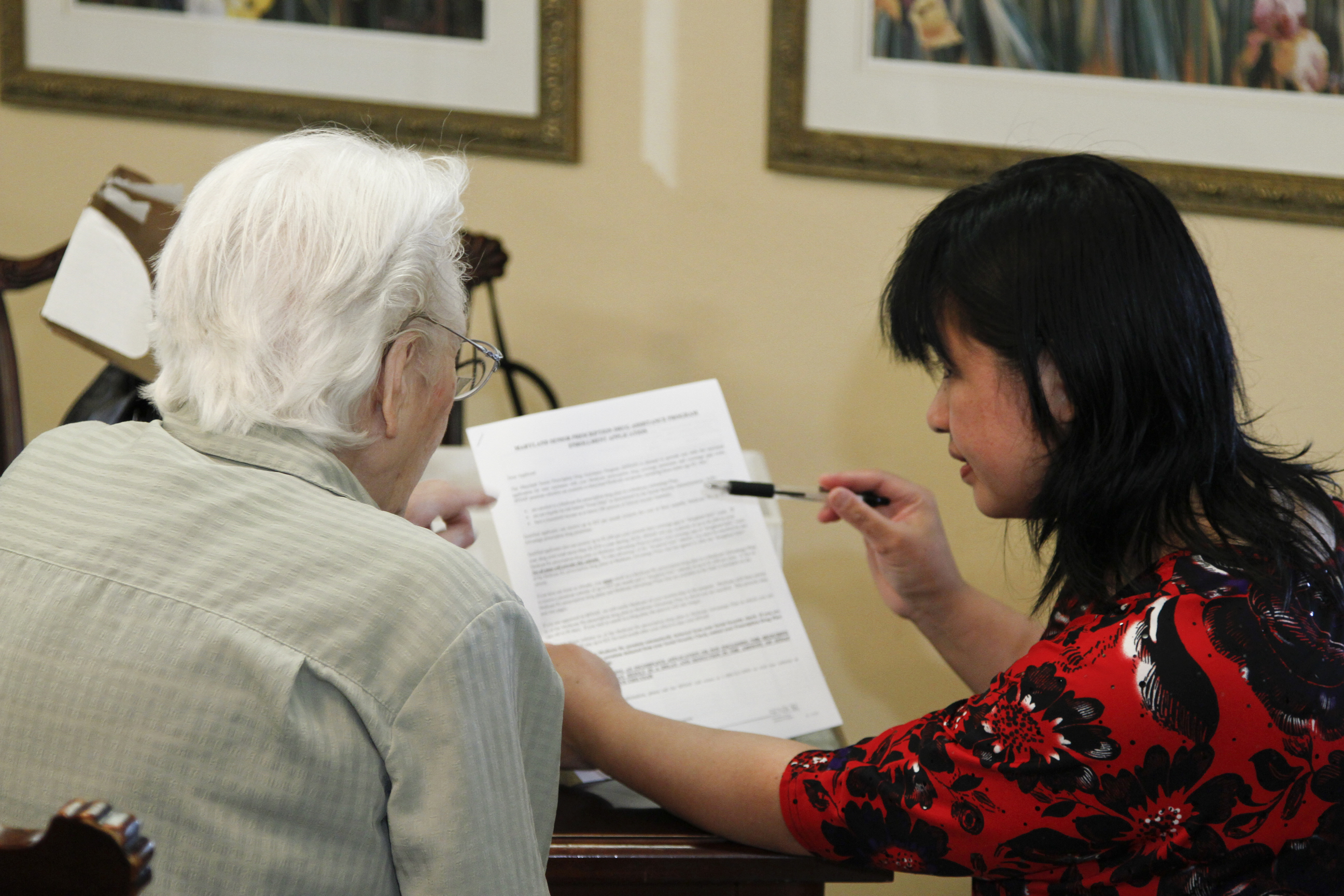Assisted living facility
An assisted living facility (ALF) (sometimes referred to as an assisted living residence or adult living facility) is a housing facility for people with disabilities. The ALF acts as an intermediary step between independent living and a skilled nursing facility, offering health and care assistance while also promoting people's desire for independent activity. These facilities provide supervision or assistance with activities of daily living (ADLs); coordination of services by outside health care providers; and monitoring of resident activities to help to ensure their health, safety, and well-being.[1]
Assisted living facilities in the United States
While the Centers for Medicare and Medicaid Services (CMS) requires states to report on oversight methodologies and asks states to survey whether residents are getting appropriate care, the assisted living facility has largely been unregulated at the federal level, leaving the states to regulate and license them.[2][3] More than two-thirds of the states use the licensure term "assisted living." Other licensure terms used for this philosophy of care include residential care home, assisted care living facilities, and personal care homes. Each state licensing agency has its own definition of the term it uses to describe assisted living. Because the term "assisted living" has not been defined in some states, it has often become a marketing term used by a variety of senior living communities, licensed or unlicensed.[4]
Assisted living facilities in the United States had a national median monthly "cost of care" rate of $3,261 in 2011, a 2.39 percent increase over 2010 and a 5.99 percent increase over a six-year period from 2005 to 2011.[5]
The Assisted Living Federation of America reported in 2009[4][6]:
- the average age of assisted living residents is 86.9 years.
- female residents (73.6%) outnumber male residents by almost 3 to 1.
- the average length of stay for assisted living residents is 28.3 months.
Structure
As widely varied as the state licensing and definitions are, so are the types of physical layouts of buildings that provide assisted living services. Assisted living facilities can range in size from a small residential house for one resident up to very large facilities providing services to hundreds of residents.
People who live in newer assisted living facilities usually have their own private apartment. There is usually no special medical monitoring equipment that one would find in a nursing home, and their nursing staff may not be available at all hours. However, trained staff are usually on-site around the clock to provide other needed services. Household chores are performed: sheets are changed, laundry is done, and food is cooked and served as part of the base rent and included services. Depending on their disclosure of services, assisted living services may include medication management, bathing assistance, dressing, escorts to meals and activities, toileting, transferring, and insulin injections by a registered nurse. Where provided, private apartments generally are self-contained; i.e., they have their own bedroom and bathroom and may have a separate living area or small kitchen. Alternatively, individual living spaces may resemble a dormitory or hotel room consisting of a private or semi-private sleeping area and a shared bathroom. There are usually common areas for socializing, as well as a central kitchen and dining room for preparing and eating meals.[7][4]
Further reading
- Royal Institute of British Architects (2011) (PDF). A Guide for Assisted Living: Towards LifeHome 21. RIBA Publishing. pp. 95. ISBN 9781859464236. http://www.architecture.com/Files/RIBAProfessionalServices/Practice/GuidfetoAssistedLiving/AGuideforAssistedLiving.pdf.
- Yee-Melichar, Darlene; Flores, Cristina; Cabigao, Edwin (2014). "Chapter 4: Assisted Living Communities". Long-Term Care Administration & Management: Effective Practices and Quality Programs in Eldercare. Springer. p. 69–89. ISBN 9780826195678. http://books.google.de/books?id=cZrFAgAAQBAJ&pg=PA75&lpg=PA75.
References
- ↑ "Assisted Living Facilities". Medicare.com. Medx Publishing, Inc. http://medicare.com/assisted-living/assisted-living-facilities.html. Retrieved 29 March 2014.
- ↑ Thompson, A.C.; Jones, Jonathon (29 October 2013). "Elderly, At Risk, and Haphazardly Protected". ProPublica. http://www.propublica.org/article/elderly-at-risk-and-haphazardly-protected. Retrieved 29 March 2014.
- ↑ "Assisted Living". National Senior Citizens Law Center. http://www.nsclc.org/index.php/health/long-term-care/assisted-living/. Retrieved 29 March 2014.
- ↑ 4.0 4.1 4.2 Yee-Melichar, Darlene; Flores, Cristina; Cabigao, Edwin (2014). "Chapter 4: Assisted Living Communities". Long-Term Care Administration & Management: Effective Practices and Quality Programs in Eldercare. Springer. p. 69–89. ISBN 9780826195678. http://books.google.de/books?id=cZrFAgAAQBAJ&pg=PA75&lpg=PA75. Retrieved 29 March 2014.
- ↑ "Cost of Care". ElderPoint. http://elderpoint.com/content.php?page=costofcare. Retrieved 29 March 2014.
- ↑ AAHSA, AHSA, ALFA, NCAL, and NIC (June 2009). "2009 Overview of Assisted Living". Stratton Publishing & Marketing. http://www.alfa.org/Mall/StoreHome.asp?MODE=VIEW&STID=1&LID=0&PRODID=16. Retrieved 29 March 2014.
- ↑ "How to Choose". Indiana Assisted Living Association. http://www.inassistedliving.org/consumers/families-caregivers. Retrieved 29 March 2014.










